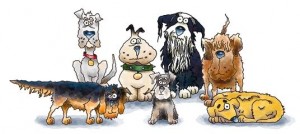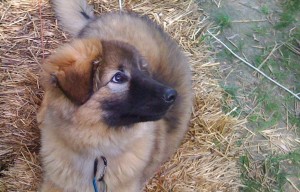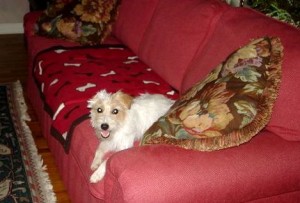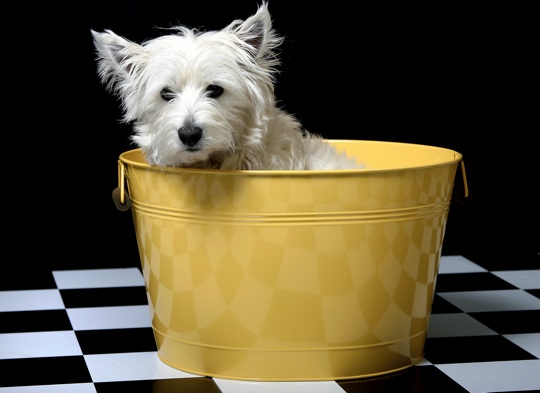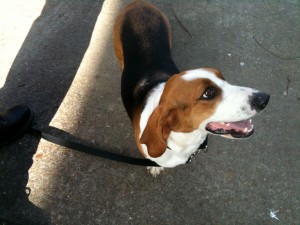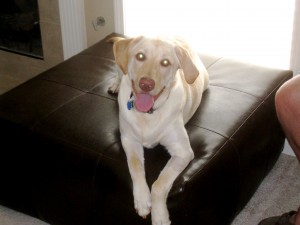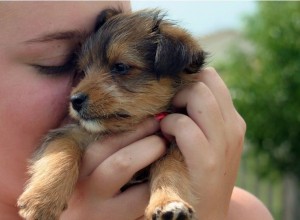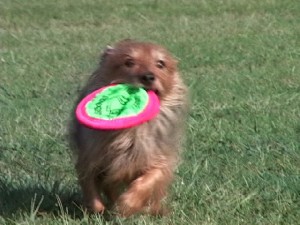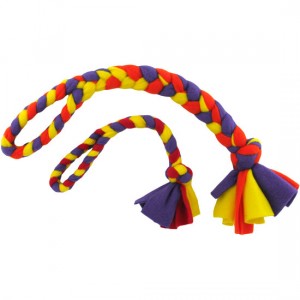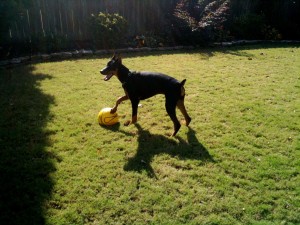How’s Bentley Mini Course Syllabus – Beginner Course
For all friendly, vaccinated, puppies and dogs 16 weeks or older
COURSE FEE & LENGTH – $85, 3 weekly sessions, 55 minutes each
By Reservation only:– Please review this checklist to see if group courses are best for your dog
DOGS – 3-10 dogs per class – all friendly, vaccinated puppies and dogs over 16 weeks may attend.
PEOPLE – Adults 18 and over may register and one adult will handle the dog. All family members are encouraged to attend. Teens and children can assist the adult handler.
METHODS – Dog friendly, rewards based teaching methods, no leash jerks
INSTRUCTOR – Alan J Turner, owner of How’s Bentley, is the instructor. Alan is a companion animal behavior counselor and trainer with a specialization in canine behavior. Alan is a certified Syn Alia Training Systems Trainer, Lay Level 1. Alan is a member of the Association of Pet Dog Trainers. Please Visit these links to learn more about Alan.
Association of Pet Dog Trainers
COMMANDS – look, come, sit, down, stay, go-to-place
REACTIVE DOGS – Group Course setting is not suitable for aggressive, reactive, or fearful dogs. Please contact Alan about private sessions.
BRING TO CLASS – copies of current vaccination records, signed Group Mini Course Enrollment Form, small food treats, chew toy, water bowl, hungry, exercised dog; Sessions 2-3 dog bed, high value long lasting chew treat
EQUIPMENT – Leash: 4 to 6 foot nylon, leather, poly, or cotton lead – Collar: any neck collar, head collar, or harness is acceptable as long as the dog is not choking and the dog cannot escape from the equipment. Weeks 2-3, bring a dog bed, rug, kennel pad, something to use as the “Place” for Go-To-Place
REGISTER – – Contact Brown Dog Lodge to reserve your spot.
————————————————————————————————
Behaviors for Beginner Mini Course (click words below for detailed instructions):
Look (Attention on cue / while standing), Capture Sit, Target Here (optional Whistle Come), Lure Down (or Capture Down), Stay, Go-to-Place
————————————————————————————————————
Preparation for First Class – Lecture Notes
Please select the link below to view helpful articles in preparation for the course. AA3 and AA4 are the most important!
https://dogand.com/category/dog-training-obedience/start-here/
————————————————————————————————————
Here are the steps for teaching a dog anything you want.
- Condition a reward marker, a signal you will use during training to tell your dog the instant he or she has succeeded.
- Establish a Rewards System, so your dog will be motivated to cooperate.
- Get the dog to perform the behavior (or some portion of the behavior) during very short, practice sessions.
- Mark the instant your dog succeeds.
- Reward your dog to reinforce the behavior. (Deliver some “version” of F.A.T.)
- Refine the behavior through repeated, very short, practice sessions in many different areas.
- Add distractions so your dog will always perform the behavior.
- Practice the behavior in real life.
————————————————————————————————————
SYLLABUS ***************************
1st Class Session- Exercises
Condition an instant reward marker.
Teach attention on cue – while standing.
Teach your dog to come bump your target (Here).
Teach additional commands for the same behavior (teach the word sit).
Video Demo
https://dogand.com/category/dog-training-obedience/training-video-demonstrations/
Obedience Training –> Video Demo
Here’s a video demo of a puppy doing “look”, “here”, “sit” and “down”. My client is using a clicker as the conditioned reward marker. When you string several commands, you mark each “success”, but don’t deliver food treat after every mark. In this video, my client is using a clicker for the reward marker.
HOMEWORK WEEK ONE
Here’s a goal for this week. Hold at least 5, 60 second, practice sessions every day. 10 would be better! 🙂 Practice Look, Here, Sit
Wait 10 minutes minimum between these short sessions. You could do all 5 within one hour, but it’s better to sprinkle the sessions throughout the day- or split between AM and PM.
During these short (1 minute) sessions, practice “sit for folded arms” and “attention on cue”.
Problems with “Sit for Folded Arms”? CLICK HERE for TROUBLESHOOTING TIPS.
CLICK HERE for a Training Log. Print the log so you can keep a record of your practice sessions.
You will mark each “look” or “sit” with your reward marker (X is one of my favorite reward markers). And you follow the X with some version of FAT.
The first couple of days, give your dog a small food reward (after you mark the instant of success) 3 out of every 5 times you mark. As your dog learns the commands, you can discontinue the use of the marker.
After 2 days, experiment with the reinforcement schedule. Use a variable intermittent schedule of reinforcement; give a food reward sometimes, and give attention (praise, yee haaas, fun noises) or touch without the food treat, other times. Mix it up!
Practice in 4 different locations inside your home. Practice in 2 different locations outside.
2nd Class Session- Exercises
Practice: Look, Here, Sit
Introduce Stay, Go-to-Place
Discussion – Making Behaviors Reliable
HOMEWORK WEEK TWO
Practice: Look, Here, Sit, Down, Stay
Hold 5 daily, 2-3 minute practice sessions. Practice in 4 different locations inside your home. Practice in 2 different locations outside.
Optional – Teach: Whistle Come
Optional – Teach and practice: Inside / Outside
3rd Class Session- Exercises
Practice: Look, Here, Sit, Down,Stay, Go-to-Place
Practice: Attention while standing – without cue
Discussion: Real Life Applications
Instructor, Alan J Turner, SATS LL1
How’s Bentley – Memphis, Germantown, Collierville TN
Group Dog Obedience Courses

